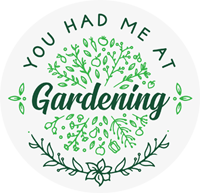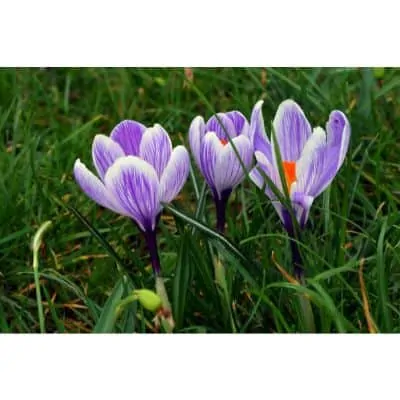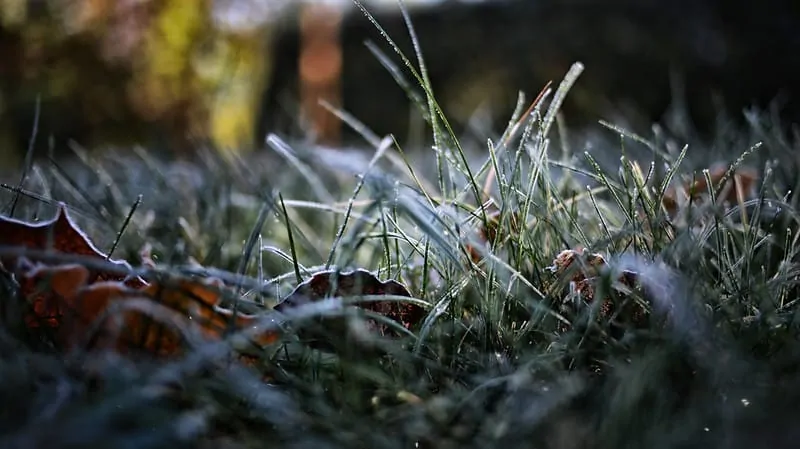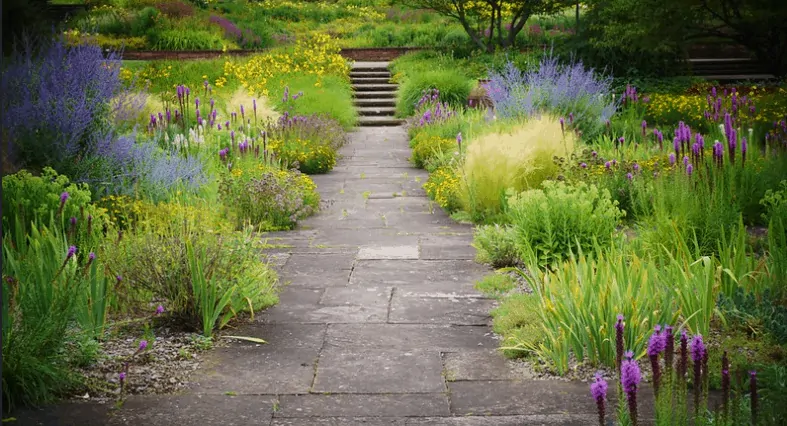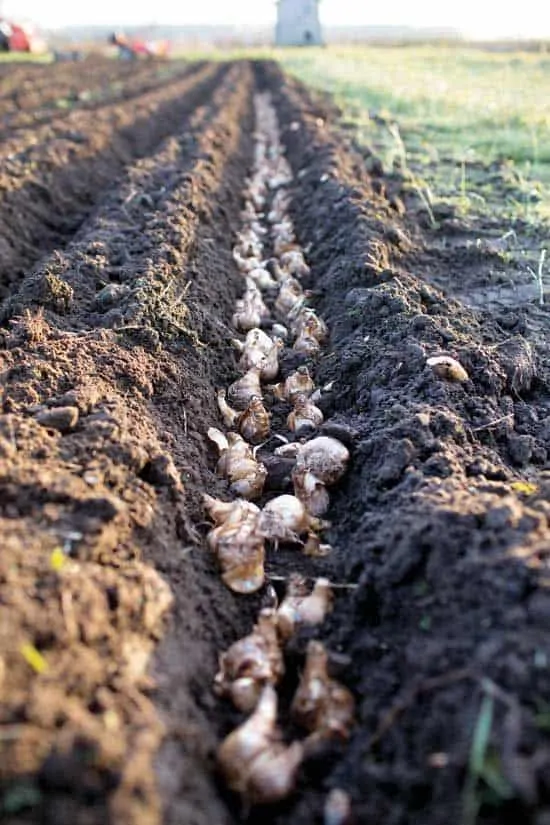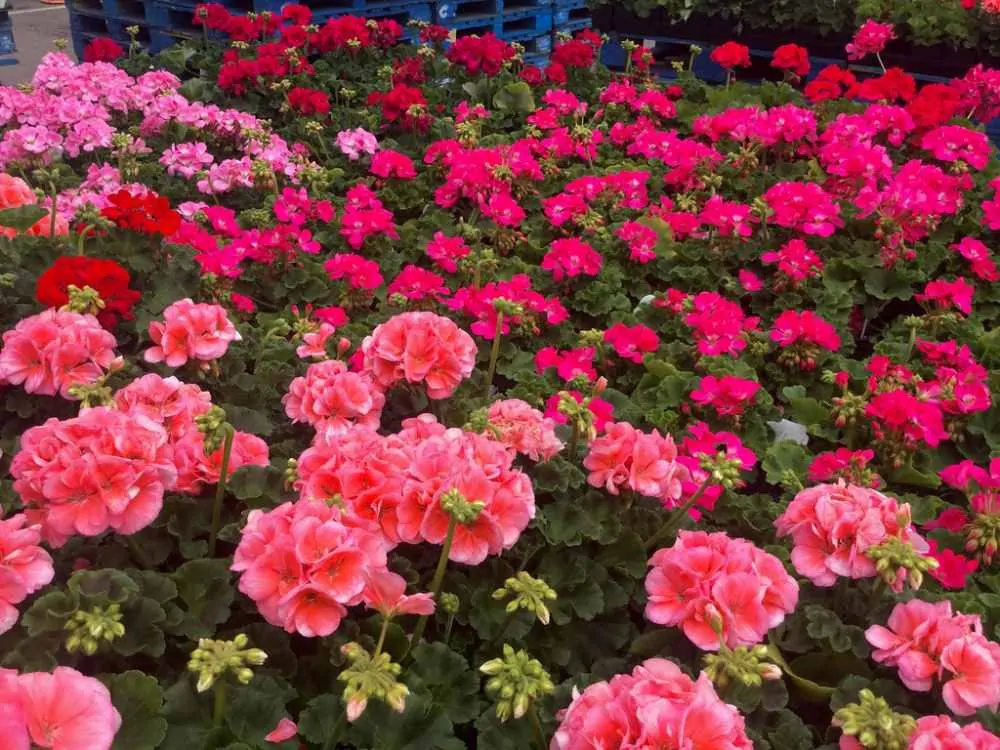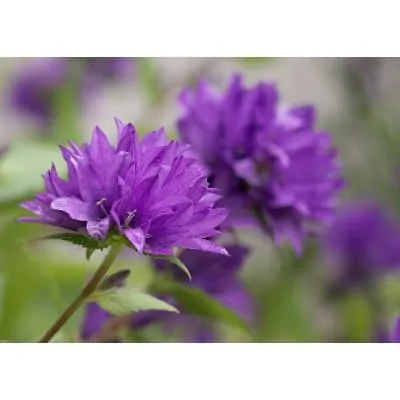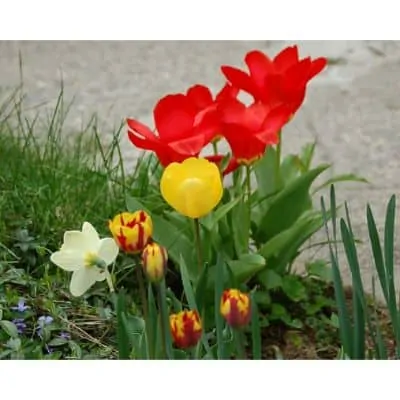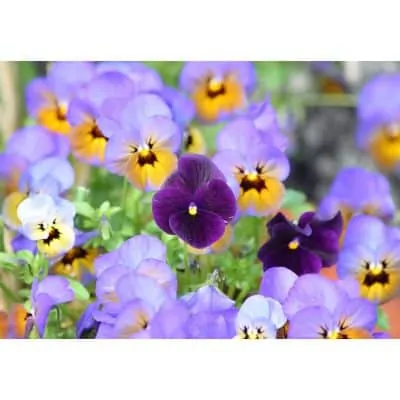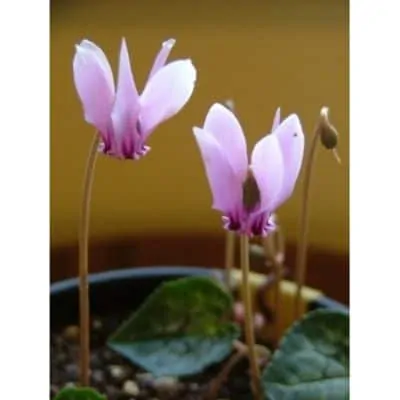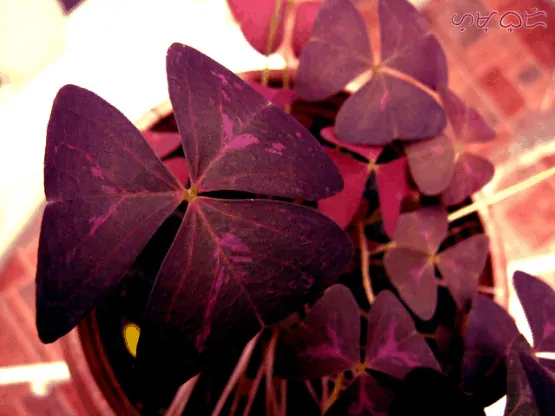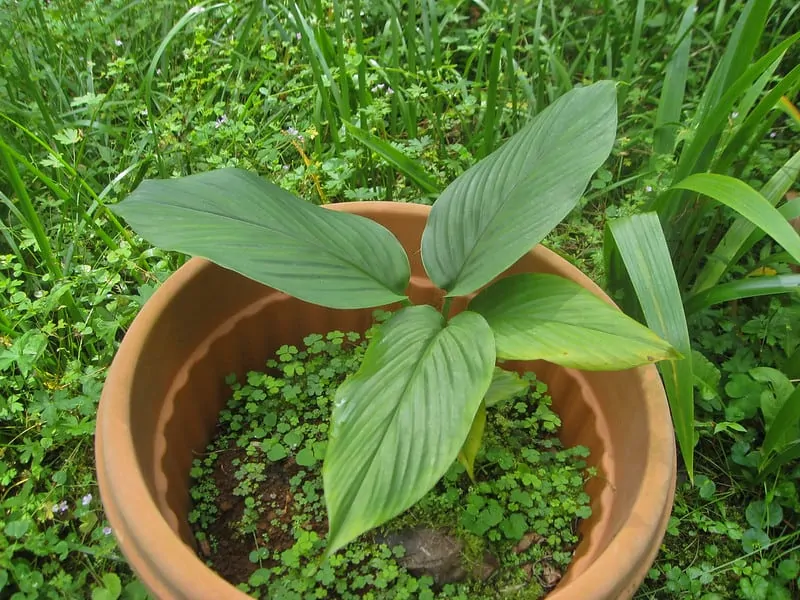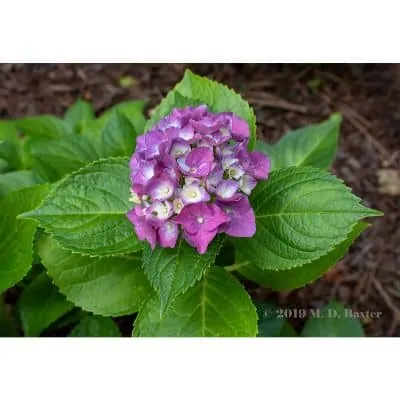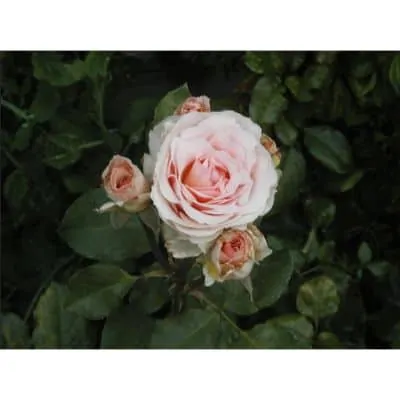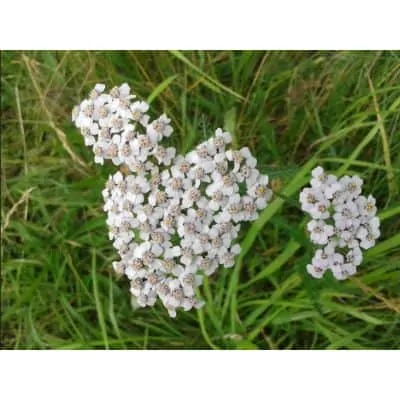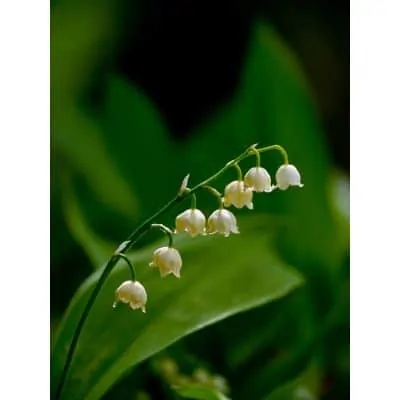Perennials To Plant In Fall For A Bright And Colorful Spring
Perennials planted in fall have time to grow strong roots, so have a look at how and when to plant them for the best results!
Fall is a good time to plant many cold-hardy plants, bulbs, trees, and shrubs. The low light and cold will discourage these freshly planted greens from growing leaves, allowing them to focus on roots. So when spring comes and the ground thaws out for good, they have a strong root system to support lush growth! Here you have a complete guide on when, how, and what to plant so your garden will look fabulous in spring!
When To Plant Perennials In Fall?
USDA Hardiness zones 2-9a
Zone 1 includes Alaska, and while the experienced gardeners brave the cold with some hardy plants, it takes too much time, effort, and trial and error for the average plant enthusiast to grow anything outdoors. You can, instead, focus on indoor flowering plants!
Zones 2-8 are the zones that have a relevant risk of frost. Zone 9a has the occasional cold front that might bring below-freezing temperatures for a few days. In these areas, it’s best to find out when the first frost is predicted and plant your perennials no later than six weeks before the earliest frost date. Like this, you can be sure that your plants have taken root and will be safe through winter.
USDA Hardiness zones 9b-11
Zones 9b-11 have a negligible risk of freezing over, so you have a little more leeway with what to plant and when. Check out our guide to USDA hardiness zones to figure out where you are! And when in doubt, you can always check by zip code!
In these zones, the best time to plant perennials is mid-October and early November. Don’t worry about the occasional snowflake or a few colder days, the problems for perennials start when the soil freezes in depth.
What Perennials To Plant In Fall
Most perennial plants benefit from fall plantings. As I said before, this allows them time to strengthen their roots and helps them grow better. This is because once the root system is established since fall, they start growing leaves at the first sign of spring.
Depending on where you are, you can plant bulbs, rhizomes, and other underground stems, shrubs, trees, and anything that comes with roots. Even some seeds are good to plant as well in warmer zones! As a rule of thumb, ask yourself the following questions about your plant:
- Is it going to survive winter outside?
- Is it a perennial?
- Is it early enough to plant it?
If you said yes to all three questions, then go ahead and plant it! In zones 10 and 11, you can even venture to plant some tropical or desert plants, like Aloe pups.
How To Plant Perennials In Fall
The best soil to plant perennials in fall
It’s best if the soil is relatively dry and aired, so tempting as it may be to start planting immediately after rain, wait at least two days. This allows most of the water to drain from the soil, making it softer on the new roots and easier for them to start growing. Pick the right kind of soil for your plant and if needed enrich it before planting. Mix in some manure or a slow-release organic fertilizer if the soil is not fertile enough and add perlite, coarse sand, or small pebbles to help with draining.
Protection
For bulbs and underground growers, a layer of mulch around the plant will protect it from constant freezing and thawing, especially if you are in zones 5-8, where freeze is not consistent. For shrubs, trees, and bushes, consider wrapping the trunk in cardboard, cloth, or plastic. Go as close to the ground as possible and layer some mulch as well, just in case. Rose cuttings are most famous for being wrapped up during winter, covered with plastic bottles cut in half. The goal is to keep the temperature around your perennials as constant as possible, until spring.
Watering tips
Recently planted perennials do not need water. In most cases, the air and the soil are damp enough because of the season. If you do feel that the soil is too dry, water sparsely and with little water. The plants are in their dormant stage and they are extending their root system, and too much water can trigger the growth period.
Fertilization of perennials planted in fall
If there is some leeway with watering freshly planted perennials, fertilizing is a complete no-no! If you mix some fertilizer in the soil, give it time to spread before planting, and do not apply a fast-release fertilizer on anything in fall. This will most likely trigger the growing process, which can, in turn, lead to the plant freezing over winter.
Ideas Of Perennials To Plant In Fall
1. Geraniums
Description: These colorful plants are the staple of many homes and gardens. They come in a variety of colors and shapes. We talked about them when we recommended flowering plants you can grow indoors, but they make great outdoor plants as well.
Zones: 3-8
Difficulty: It’s not especially difficult to take care of these flowers. There is a detailed care guide you can follow here.
Toxicity: Keep your pets away from these flowers, as they are toxic to pets and can even have a mildly irritating effect on human skin.
2. Bee balm
Description: These plants are incredibly varied, coming in many colors and sizes, from tiny pink ones to 3 ft tall red ones, and very fragrant. These perennials are a very showy addition to your garden and they attract many little companions. Butterflies and bees love them because of the smell and the promise of nectar. They bloom constantly in clumps of small flowers which you can encourage by cutting back spent flowers.
Zones: 4-9
Difficulty: It is fairly easy to take care of this plant, all it needs is good ventilation to prevent powdery mildew, thinning every three years, and to be cut at soil level every fall.
Toxicity: This perennial to plant in fall is not toxic to pets.
3. Tulips
Description: These egg-shaped flowers are among the first to bloom in spring and they do so in an array of colors and shapes, small or large, smooth or ruffled. Even if the Netherlands are famous for growing them, that doesn’t mean you can’t grow a few in your garden. Some get as tall as 3 ft, while others don’t get past 8 inches.
Zones: 3-8
Difficulty: Tulips are not difficult to take care of. Provide them with full sun and fertile, well-drained soil and they will do great on their own!
Toxicity: Eating the bulbs can cause discomfort and allergies. They are not exactly toxic, there have been recorded cases of people eating tulip bulbs, but it is not a pleasant experience. Keep away from pets.
4. Pansies
Description: Pansies are generally variations of purple and white, with three spotted petals and a large rolled-out petal behind them, which makes them look like they have a face. This gives one kind the popular name of “bunny ears” and another “Johnny jump-up”. They are usually small, no taller than 10 inches, and cold-hardy.
Zones: 4/5-8, but some kinds go as low as zone 2.
Difficulty: These plants are basically weeds when it comes to taking care of them. They spread and feed on their own. The problem is keeping them contained and preventing them from spreading beyond their allotted space.
Toxicity: They are mildly poisonous for animals, which makes them pest resistant and pet unfriendly.
5. Cyclamen
Description: We mentioned cyclamen before when we talked about Christmas plants because they bloom in late fall to mid-winter. They are pretty small, the tallest kind getting to no more than 9 inches.
Zones: 4-8, with one kind that goes 9-11
Difficulty: They require no special care, other than a good mulching when the leaves wither. The only disease that affects them is cyclamen mites, though that happens mostly indoors.
Toxicity: Cyclamen contain irritants that can affect cats and dogs. Best to keep the tubers away from pets.
6. Crocus
Description: Spring or early crocus is a small flower that, much like snowdrops, pokes its head from under the snow in early spring. The flowers are usually light purple but some can be orange, yellow, or white. Fall crocus seems to be the same thing, but the two are in fact part of different families.
Zones: 3-8 for spring and 4-9 for fall
Difficulty: They need full sun to grow, but other than that, once planted, they will come back year after year on their own.
Toxicity: Spring crocuses are not poisonous, but fall crocuses are very toxic to pets.
7. Oxalis Triangularis
Description: Oxalis is a very versatile plant, making both a great indoor plant and a good outdoor ground cover. We talked about it before on multiple occasions and there is even a care guide available. The most striking feature of this kind of perennial to plant in fall is its large, purple leaves that fold at night.
Zones: 9-11
Difficulty: This plant is fairly low maintenance outdoors, all it needs is regular watering during summer and sparse watering during its dormant period in winter.
Toxicity: It is toxic to pets even in small amounts and to humans in larger amounts.
8. Turmeric
Description: This perennial to plant in fall needs 8 months of growth before you can harvest its bright orange-colored rhizomes, so it will be ready next fall. Turmeric is another plant we are familiar with because we recently made a full guide on growing it.
Zones: 8-11
Difficulty: Turmeric is a little pretentious when it comes to care, but nothing too difficult.
Toxicity: All parts of the turmeric plant are edible.
9. Hydrangeas
Description: These bushes grow in sun to part shade and get as tall as 6 ft, and just as wide, with large clumps of flowers. These flowers are the staple and the most recognizable part of hydrangeas and they range from pure white to dark blue, with variations of pink and purple.
Zones: 5-9 with some kinds that go as low as 3
Difficulty: Once planted, it needs to be watered every week, and we recommend you cut back the spent flowers to promote growth. Some kinds need yearly pruning, so overall, it is a fairly easy plant, but not one you can forget about.
Toxicity: This plant is poisonous to pets and humans. Some may have allergic reactions to it.
10. Roses
Description: Aaah, the classic rose. Delicate, fragrant, a symbol of love, and the most bought and offered flower in the world. It comes in all shapes and sizes, literally, from tiny to absolutely huge, and ranging from white to a red so dark it’s almost black, smooth, frilly, mixes, with or without spikes.
Zones: 2-11, depending on the kind
Difficulty: Roses take some work to maintain, especially with pruning.
Toxicity: Roses are not toxic to pets or humans.
11. Yarrow
Description: The most common type of yarrow is the white one, which grows as a weed in many parts of the world. But yarrow comes in colors as well, and it is a good looking and resilient plant.
Zones: 3-9
Difficulty: It’s one of the easiest plants to care for, this perennial is drought and heat resistant and seeds itself.
Toxicity: Yarrow is not toxic, in fact it has medicinal properties.
12. Lily of the valley
Description: Small, white, and shy, the lily of the valley is another perennial we have talked about before, this time as a poisonous plant. It has a sweet and light fragrance, a delicate appearance, and an overall faery-like feel to it.
Zones: 2-7
Difficulty: Providing it with enough shade and moisture shouldn’t be too difficult and that’s all the care it needs.
Toxicity: Toxic if ingested, both to humans and to pets.
Final Thoughts
I hope that after reading this guide you have a better idea of what perennials to plant in fall and how to do that. Let me know if there is one idea that struck your fancy and ask all your questions in the comment section below!
